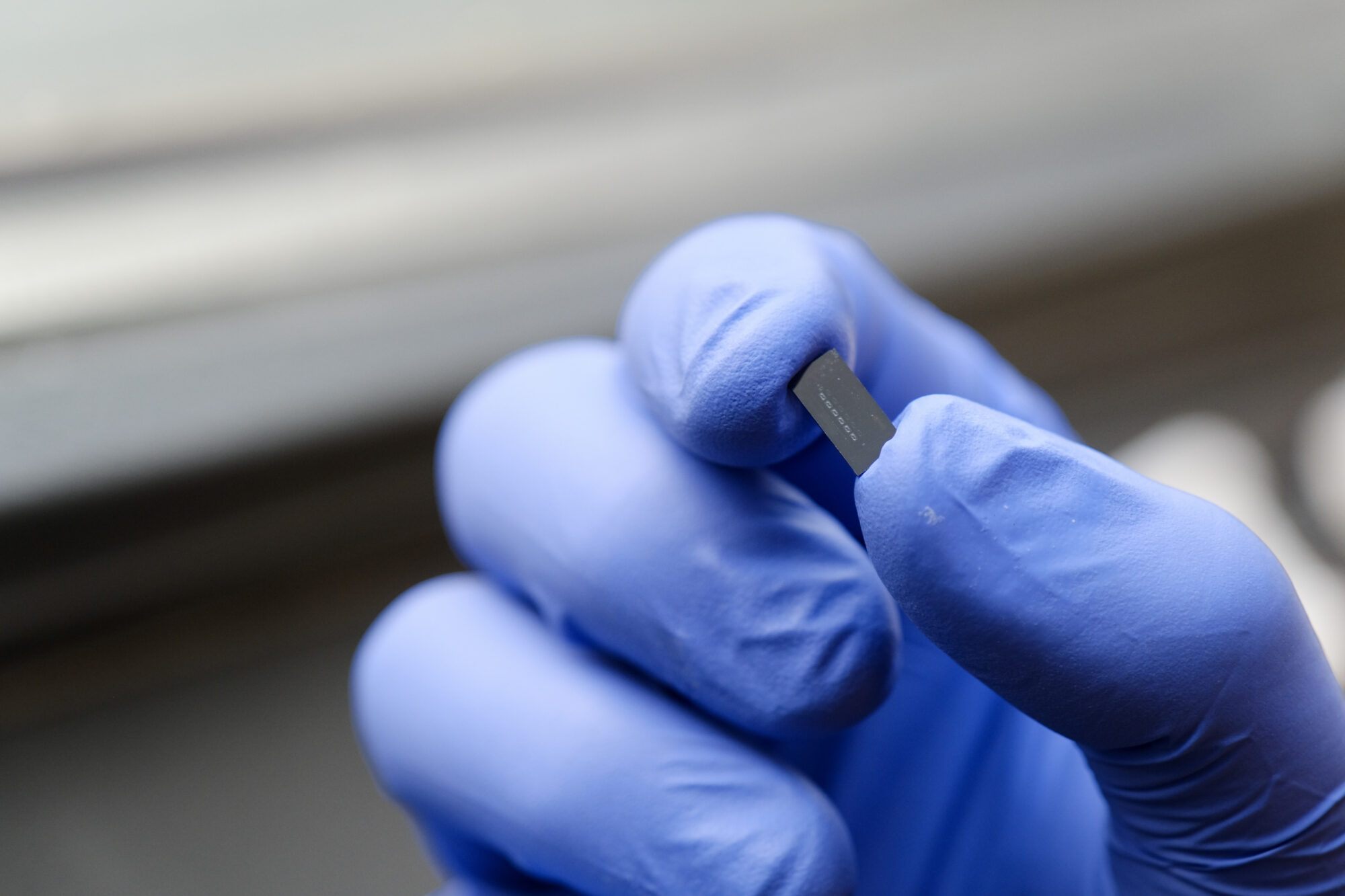Is life possible – or has it ever been possible – on other planets? The (Origin of) Life Marker Chip (LMCOOL) seeks the answer. This innovative chip is being developed by a Dutch consortium led by Dr Niels Ligterink of TU Delft, with funding from the NSO Instruments Programme.
A Dutch-built instrument capable of detecting traces of life on Saturn’s moon Enceladus – that is the ultimate dream of TU Delft researcher Niels Ligterink. Over the coming years, he will work with around thirty colleagues from various Dutch companies and knowledge institutes on the (Origin of) Life Marker Chip (LMCOOL). The invention is best described as a tiny yet complete laboratory in the form of a computer chip. It is ‘pre-programmed’ to identify specific molecules in liquids; molecules that could point to life, such as amino acids.
A lighter way to search for life
The idea for the Life Marker Chip (LMC) was first proposed more than twenty years ago for ESA’s ExoMars mission. Although ESA eventually selected other instruments for that mission, the consortium partners remained enthusiastic about the concept. With financial support from the NSO Instruments Programme, the instrument is now being further developed so that it can be used on a range of future planetary missions.
One of the greatest advantages of the new LMCOOL is its compact size and low weight. Current life-detection instruments on Mars are the size of a microwave oven and weigh between ten and twenty kilos. By contrast, LMCOOL will be about the size of a soft drink can and weighs only 700 grams. In space exploration, where every kilogram of launch mass matters, the Dutch chip offers a lightweight yet high performance alternative.

